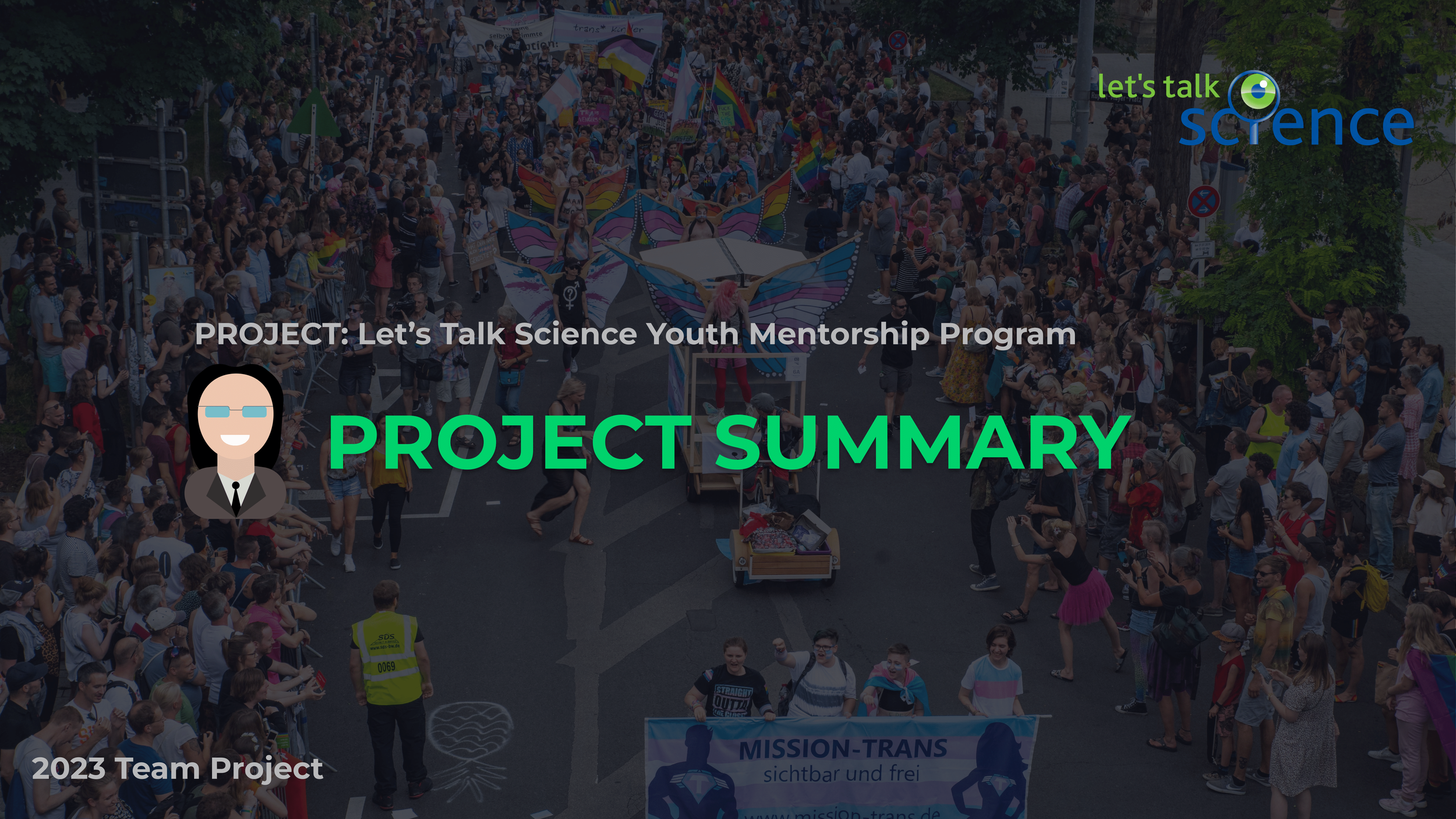Let’s Talk Science Mentorship Program
Team Project - Service Design - OCAD University
Team Members: Jennifer An, Hudson Kwantes, Karina Lee, Rachel Woo
Roles: Prototyping, UX/UI Designer, Visualizations
Reading Time - 10 minutes
Project Goal
The goal for the client, Let's Talk Science (LTS) was to utilize their research to develop a prototype that promotes youth engagement in climate change and leadership. With the final step to propose the final deliverable to LTS for them to decide which project to implement for the near future of LTS.
Reflection
Working in a group with Jennifer, Hudson, Karina, and Rachel, led by Hudson, we had discussions and consultations with Job and Carla to meet common ground with LTS. Initially, it was challenging for me to shift from a front-end mindset to considering all stakeholders through Systems Mapping, but I grew as a designer through this experience. Our group worked well together, with each member contributing their expertise in visually appealing presentations, diagramming, or storyboarding, based on their past experiences. Time management was a challenge outside of class, and we fell behind at times compared to other groups, affecting our motivation, but we pushed through and created a satisfactory service as our first program design. As a student, I believe I have the capabilities to enter the field of Service Design, but I need to improve my visuals for better understanding. Through this project, I found my interest in working in education to encourage youth to become influential citizens or in training people to execute similar ideas.
In Depth - Process
Service Design to me…
is all about designing the experience using the three components: roles, props, and processes. Not only does Service design consider the front end, but it is also considerate of the behind the scenes and what helps to enable the process so that everything can run smoothly. There are also multiple stakeholders involved in the process whether that be a student, teacher, or in our case LTS where they each played a role. By using a systems map, we can map all these stakeholders and think about the flow of info, identifying all the relationships and pulling insights from this tool. Service design looks at every touchpoint in a business perspective whereas UX design only looks at the front-end experience that involves the end user and UI focuses on digital interfaces. However, that is not to say that there are no overlaps, often Service design includes digital props and tools such as mobile applications or websites that will require using UI design to consider the digital interaction. And Service design in a way is like an enhanced version of UX where everything is visible to the designer, the steps, the processes, and the interactions. With Service design, there is also codesign involved where we can see the user become involved in the design process and this allows for insightful meaningful design. It also allows for the designer to find common ground with their stakeholders. With testing like with roleplaying or using tools like storyboarding, we can see the gaps and understand the flow of our Service design. Another great tool for Service design is blueprinting where we can ask “what can other roles do to make the experience seamless?”, how could we figure out our points of failure in the design?, and the intersections that live in between the touchpoints among the different stakeholders. In class we have been exposed to industry opportunities like the banking industry, healthcare, and non-for-profit organizations regarding education.







































































































